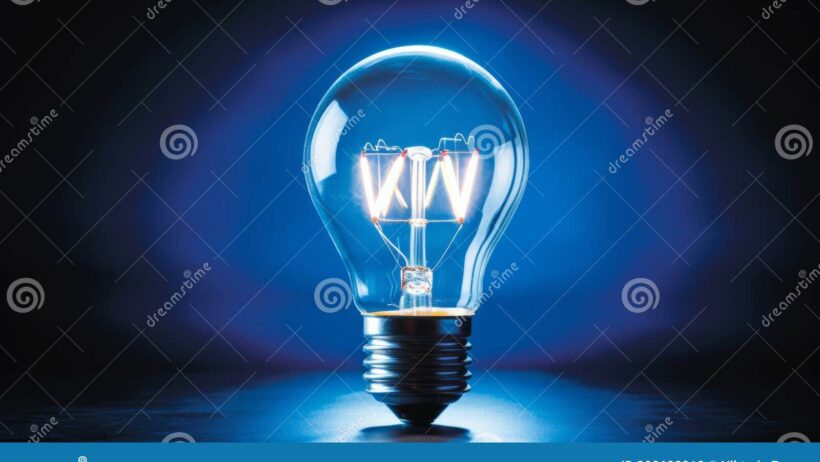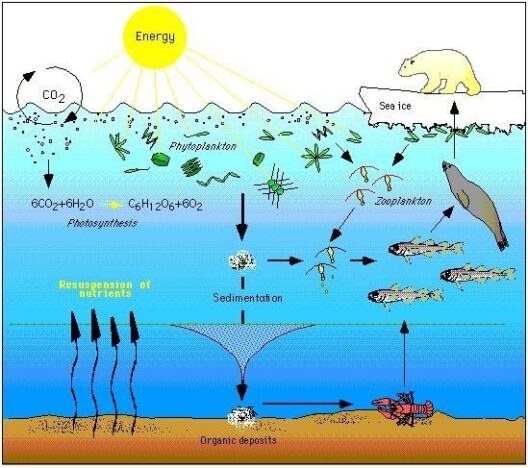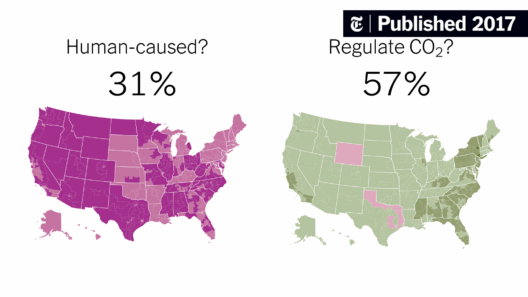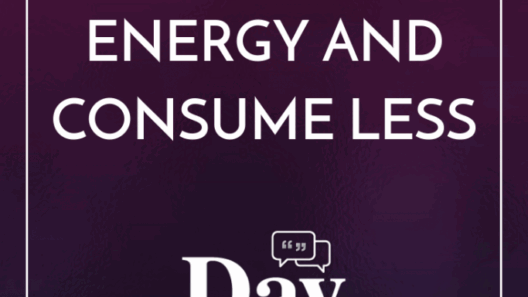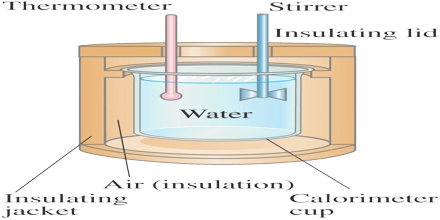In today’s world, where the echoes of climate change resonate more loudly than ever, energy conservation emerges as a powerful solution. Among the myriad of advancements in sustainable technology, the energy-efficient light bulb stands out as a brilliant innovation, illuminating both our spaces and our understanding of how to conserve electricity. This benevolent bulb is not merely a source of light; it is a symbol of hope in the arduous fight against environmental degradation.
At its core, the energy-efficient light bulb can be likened to a vigilant sentinel, guarding against the wasteland of energy inefficiency. Traditional incandescent bulbs, akin to blazing bonfires, generate copious amounts of heat while illuminating our surroundings. In contrast, energy-efficient bulbs, notably compact fluorescents (CFLs) and light-emitting diodes (LEDs), exemplify a more evolved approach to lighting. They bask in the same glow of brightness but with far less energy lost to the statistic of heat emissions.
So, how do these modern marvels of light harness their capabilities to conserve electricity? First and foremost, they operate on principles of efficiency that significantly surpass their incandescent counterparts. Incandescent bulbs convert a mere 10% of their energy consumption into visible light, while a staggering 90% fades away as heat. In sharp contrast, energy-efficient light bulbs can achieve efficiency scores of 80% or higher, channeling the majority of their energy into luminous output. This remarkable feat embodies the notion of ‘less is more,’ illustrating that with advanced technology, remarkable results can emerge from relatively small inputs.
Moreover, the longevity of energy-efficient bulbs adds another layer to their conservation narrative. Typical incandescent bulbs have a lifespan of around 1,000 hours. In comparison, energy-efficient options can last anywhere from 10,000 to 50,000 hours. This endurance not only translates into cost savings for consumers—fewer replacements mean fewer materials consumed and less energy expended in manufacturing, transportation, and disposal—but it also reduces the frequency of waste generation, a fundamental aspect of sustainability.
Additionally, the adaptability of energy-efficient light bulbs contributes significantly to their appeal. They are available in various lumens and color temperatures, allowing consumers to customize their lighting according to the ambiance they wish to create. Soft white light offers warmth and comfort, perfect for living spaces, while bright white or daylight simulations lend themselves well to work environments, enhancing focus and productivity. This flexibility renders energy-efficient bulbs suitable for a myriad of applications, showcasing their versatility in both residential and commercial settings.
But the true magic of energy-efficient light bulbs lies not just in their individual qualities; it is the collective impact they can have on society. Imagine a city where every household, office, and public space adopted these vital light sources. The cumulative reduction in energy consumption would be staggering. According to the U.S. Department of Energy, if every household in the United States replaced just one incandescent bulb with an energy-efficient equivalent, it would prevent the release of pollution equivalent to that produced by nearly 1 million automobiles.
Furthermore, the transition to energy-efficient bulbs embodies the interconnectivity of our ecosystem. Energy production, predominantly reliant on fossil fuels, releases greenhouse gases into the atmosphere—an unwanted byproduct of our need for illumination. By reducing the overall demand for electricity through more efficient lighting, we also diminish the burden placed on our planet’s resources. The metaphor of planting seeds in a garden is apt here; each energy-efficient bulb represents a seed sown into the soil of environmental stewardship, blossoming into a more sustainable future.
As we delve deeper into the world of energy-efficient lighting, it is essential to address potential misconceptions. Some individuals may argue about the higher initial costs of such bulbs compared to traditional options. While it is true that the upfront investment is typically greater, the economics paint a different picture over time. The energy savings, coupled with the extended lifespan, often culminate in significant savings on electricity bills and replacement costs. This cost-benefit analysis underscores the wisdom in choosing energy-efficient lighting, echoing the ancient adage of planning for the future rather than merely persisting in the present.
In conclusion, energy-efficient light bulbs serve as beacons of hope in our quest for sustainable living. They embody the fusion of innovation, convenience, and responsibility in an era grappling with the dual threats of energy consumption and climate change. Through remarkable efficiency, extensive longevity, and vast adaptability, these bulbs illuminate our path toward conservation. By embracing their capacity not only to brighten our lives but also to lessen our ecological footprint, we take meaningful strides toward a more sustainable future. Each flick of a switch can echo through time, reducing our carbon impact and nurturing the delicate balance of our environment. In this pursuit, energy-efficient light bulbs are not just bright ideas; they are essential instruments in the symphony of sustainability.



